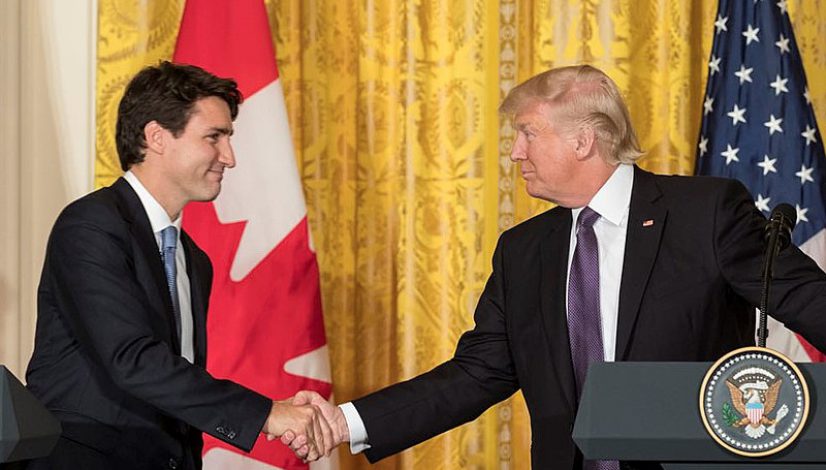What’s New with the New NAFTA Deal?
Renegotiations have concluded for the new NAFTA deal, and all three countries are declaring the agreement a victory. US President Trump long derided NAFTA as a failure and a liability for the US economy. He campaigned on a promise to scrap the North American Free Trade Agreement and replace it.
But how different is this new agreement, and what exactly does it mean for US companies?
NAFTA
The North American Free Trade Agreement (NAFTA) was enacted in 1994 forming a trilateral trade bloc consisting of Canada, the United States, and Mexico. It began as a campaign plank of US President Ronald Reagan’s and subsequently a bilateral agreement between Canada and the US. A decade later, President H. W. Bush extended similar terms to Mexico. These varying side agreements were eventually formalized trilaterally during the first term of President Bill Clinton.
NAFTA has largely been hailed as a net gain for all three members, allowing the creation of a dynamic, integrated partnership among the North American countries. It eliminated trade barriers among the three partners. And it reduced and even eliminated many tariffs, facilitated conflict resolution, and protected intellectual property.
However, NAFTA has not been without its critics. Some in the US argue it unfairly favors Mexico and Canada, and have called for a new NAFTA deal. In 2016, then candidate Trump called it the worst trade deal the US had ever entered into and promised to replace it.
The New NAFTA Deal (USMCA)
On October 1, President Trump announced that tariff threats and other hardball tactics had won out, and that he had completed negotiations on a new NAFTA deal. After surprisingly slapping Canada with steep tariffs, Trump brought Prime Minister Trudeau to the bargaining table and worked out the new agreement. He noted he would continue to similarly pressure China, Europe, and others.
Trump announced that the new NAFTA deal would be called the United States-Mexico-Canada Agreement, or USMCA. It is set to go into effect in 2020, but it must first be approved by the national governments of the three countries. The new agreement is supposed to be a sweeping change and replacement of NAFTA, but some are noting that the two agreements are largely the same, with very few changes.
Key Differences with the USMCA
The new NAFTA deal, or USMCA, is essentially the old NAFTA. Not much is new. But there are a few noticeable changes (besides the new name) that will impact manufacturers when the deal goes into place. The most substantial differences in the new NAFTA deal are:
- Increased Canadian Dairy Market Access for US
The Canadian government will now allow US dairy farmers to export the equivalent of 3.6% of Canada’s domestic dairy market. This is up from the 1% allowed under NAFTA. Canada will also eliminate Class 7 pricing, allowing US dairy farmers to export more powdered and formula products to Canada. - New Sunset Provisions
The USMCA is set to expire in sixteen years, but can be extended at set review times every six years. - Changes for Automotive Manufacturing
Starting in 2020, when the USMCA goes into effect (pending Congressional approval), automobiles must have 75% of their parts manufactured within a member country to qualify for zero tariffs. This is up from NAFTA’s original 62.5%. And at least 30% of the automobile must be made by workers making at least $16 per hour. This number gradually increases to 40% in 2023.
Additional changes in the new NAFTA deal include:
- Increased IP protections
- Increased de minimis levels or the number of a good that can cross a border at a time duty free
- US pharmaceutical companies gain 10 years of access to Canada free of generic competition.
- Increased Canadian market access for US agricultural goods

